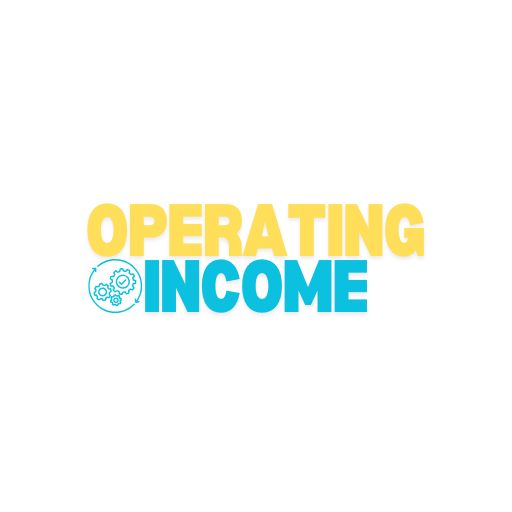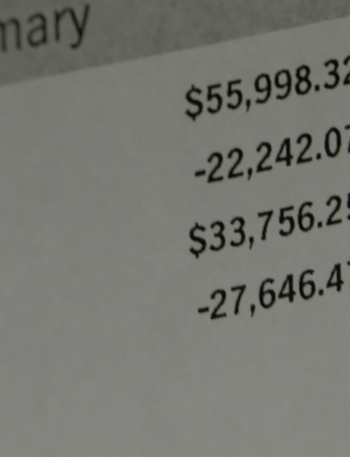Getty Images
When you allow your credit card debt to compound, it can be tough to keep up with the payments over time — and that’s especially true in today’s high-rate credit card environment. With card rates averaging over 23% currently, even small amounts of credit card debt can grow quickly and even the most well-prepared borrowers can find themselves in big trouble if that happens.
When credit card debt becomes unmanageable, it’s not unusual for borrowers to become delinquent on their monthly payments. About 9% of credit card debt was delinquent in the third quarter of 2024, according to data from the Federal Reserve Bank of New York and should that debt stay delinquent it’s likely to end up in collections, resulting in serious damage to borrowers’ credit scores. Having debt in collections can cause a credit score drop of 100 points or more — and collection accounts can remain on your credit reports for seven years, making it harder to secure new credit or favorable interest rates.
As a result, it’s important to try and get rid of collections debt as soon as possible. There are multiple approaches to take, but some strategies, like “pay-for-delete,” might help you remove collection accounts sooner than others. Is it really possible to pay to have a collection account removed from your credit report, though?
Find out how to get rid of your old collections debt now.
Can you pay to delete collection accounts from your credit report?
It may, in some cases, be possible to negotiate a pay-for-delete agreement with a collection agency, but the reality is that you’re unlikely to negotiate this type of agreement for a legitimate debt that’s owed. While removing collection accounts in exchange for payment was once common, the practice has become increasingly rare.
That’s because all major credit reporting agencies — Equifax, Experian and TransUnion — require accurate and complete reporting of all credit information. In turn, these agencies widely discourage pay-for-delete practices, as the approach can compromise the integrity and accuracy of credit reporting.
Despite this, some collection agencies may agree to a pay-for-delete arrangement in certain cases. That can seem promising when you’re trying to clean up your credit, but it’s important to understand that even if the debt collection agency agrees to a pay-for-delete, there’s no guarantee that the credit bureaus will comply, as they may consider the removal of accurate information a violation of reporting standards.
Not all debt collection agencies are willing to entertain pay-for-delete requests, though. These agencies operate under strict guidelines and tend to prioritize compliance over concessions, so it’s important to understand that there is a low likelihood of success with this approach. And even if you succeed in removing the account from your credit report, the original debt may still appear on the report, further complicating the process.
Compare your debt relief options online today.
How to get rid of debt collections on your credit report
In general, a pay-for-delete approach isn’t a feasible option for most borrowers. However, several other strategies can be used to help you address collection accounts effectively, including:
Requesting debt verification
Under the Fair Debt Collection Practices Act (FDCPA), you have the right to request validation of the debt from the collection agency. If discrepancies are found, you can dispute the account with the credit bureaus, potentially leading to its removal.
Engaging in settlement negotiations
If the debt is valid, consider negotiating a settlement with the collection agency. While this won’t necessarily remove the account from your credit report, settling the debt may show future lenders that you’ve taken responsibility for what you owe.
Asking for a goodwill deletion
A goodwill deletion involves asking the collection agency or original creditor to remove the account as a gesture of goodwill. This strategy is more likely to succeed if you’ve already paid the debt and can demonstrate extenuating circumstances that led to the default.
Waiting it out
Collection accounts generally remain on your credit report for seven years from the date of the original delinquency. While waiting for it to fall off may not be ideal, the impact of the account diminishes over time, especially if you maintain positive credit habits.
Utilizing your debt relief options
Debt relief programs can help you consolidate and manage your debts, potentially reducing the number of accounts in collections. For instance, a debt consolidation loan may allow you to pay off multiple collection accounts at once, simplifying your financial obligations and improving your credit utilization rate. Debt forgiveness programs, while not guaranteed to remove collection accounts, can help you negotiate lower settlements, freeing up resources to tackle other financial goals.
The bottom line
Improving your credit report isn’t an overnight process and dealing with collection accounts on your credit report requires patience and persistence, not a quick fix. While the idea of paying to delete these accounts may seem appealing, it’s not a guaranteed solution and comes with its own set of challenges.
It’s also a practice that’s widely discouraged by credit bureaus, so the likelihood of success is low. It generally makes sense to focus on alternative methods, such as verifying the debt, negotiating settlements or leveraging goodwill deletions, instead. These approaches can yield significant results over time, setting you on the right path to financial recovery.






